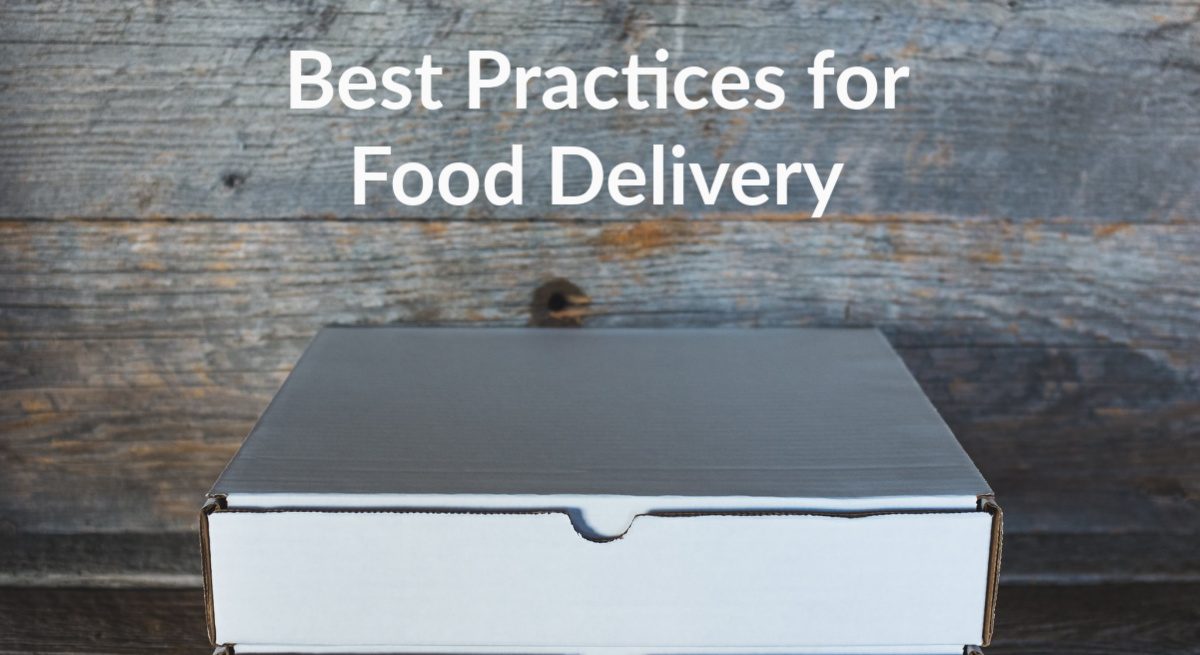Food Delivery Exposure Best Practices: Tips for Hired and Non-Owned Auto Exposure Controls
3 Min Read By James Vachon
As more states implement restrictions and seating bans on restaurants to curb the spread of COVID-19, many restaurants are offering delivery for the first time and are now more vulnerable to challenges arising from delivery services.
Although delivery drivers are being asked to take additional precautions to protect themselves and others, restaurant operators may not be aware that they may be liable for bodily injury or property damage arising from motor vehicle accidents while delivery drivers are operating personal vehicles for business use. Offering delivery services creates an added liability for restaurant owners beyond typical dine-in exposure, so it is critical to ensure you are implementing the right procedures to help mitigate unexpected claims and expenses that could damage your business.
Here is a set of suggested practices for companies and drivers to help minimize the adverse effects of this pandemic especially for restaurants who are now delivering orders since dine in opportunities have been restricted.
Consider the following in your risk management and business continuity programs:
- Use of Food Delivery Services vs. Company Employees – By using a hired food delivery service, a restaurant can reduce the chance of employees having an accident by using their cars or the owner’s vehicles. It may also reduce the restaurant’s employees exposure to the virus through customer contact. Check with your agent to ensure any contract food delivery service has liability coverage that includes your company.
- Social Distancing and Personal Hygiene – Delivery drivers should wash their hands frequently for at least 20 seconds and cover their nose and mouth if they sneeze or cough. Provide hand sanitizer with at least 60% alcohol content. Keep delivery cars clean and provide drivers with disinfectants to help them keep their cars clean. Encourage drivers to stay home if they are sick, regardless of symptoms. Check that hired delivery service has similar procedures.
- Modes of Transportation – Employees delivering foods or other products should not use public transportation or vehicles that have other passengers to reduce exposure to the virus. Local deliveries may be more efficient and may reduce driver exposure if other modes of transportation like a bicycle or walking are employed. Bicycle safety should be enforced to assure use of helmets and proper driving especially in city traffic. In addition, make sure that the bicycle has adequate baskets/carriers for transporting the food products versus using backpacks or hanging it on the handlebars.
- License and Insurance – If employees who don’t normally deliver food for the restaurant are using their own vehicles, restaurant management should check for a valid license and insurance before asking the employee to deliver food. The restaurant management should also verify the vehicle that the employee is using matches the insurance card and that it is in proper working order. Recheck to make sure that the employee is still using the same vehicle.
- Alternative Delivery Options – Allow for customers to have the option to use delivery notes or phone/ online instructions to communicate how they’d like their orders delivered, such as leaving food at patron’s doorstep, ringing doorbell and leaving in lobby, or other designated location to help practice social distancing. Always encourage customer order pickup for anyone who feels comfortable getting the food themselves and provide curb service by bringing out the food to their car.
- Food Safety – Based on guidance from public health authorities, restaurants and eating establishments are advised to follow best practices on food safety and packaging. This includes ensuring proper sanitation of surfaces, food handlers and food preparation environments, and that all food is properly sealed in tamper evident packaging. It is recommended that any locations where delivery people wait for orders are separate from food preparation areas.
- Customer Payment and Gratuity – Customers should be encouraged to tip electronically or place cash outside before the delivery arrives. Encourage alternative gratuity methods such as asking customers to leave satisfaction ratings and reviews online.
- Passenger Non-Routine Assistance – Customers may ask drivers for assistance with bringing food into their home or apartment. It is strongly recommended that delivery workers maintain social distancing (six feet from people) to the best of their ability and avoid contact by simply putting the food on a counter or similar surface and not touching anything in the room.
- Personal Protective Equipment – Conduct a risk assessment to review and establish personal protective equipment policies for delivery drivers such as using gloves and masks when encountering customers and handling food.
- Security Protocols – Ensure company security policies and procedures are in force especially for delivery in high crime areas.
- Stay Informed – The CDC is continually updating their site with the latest information about travel warnings, new outbreaks, and disease development.


